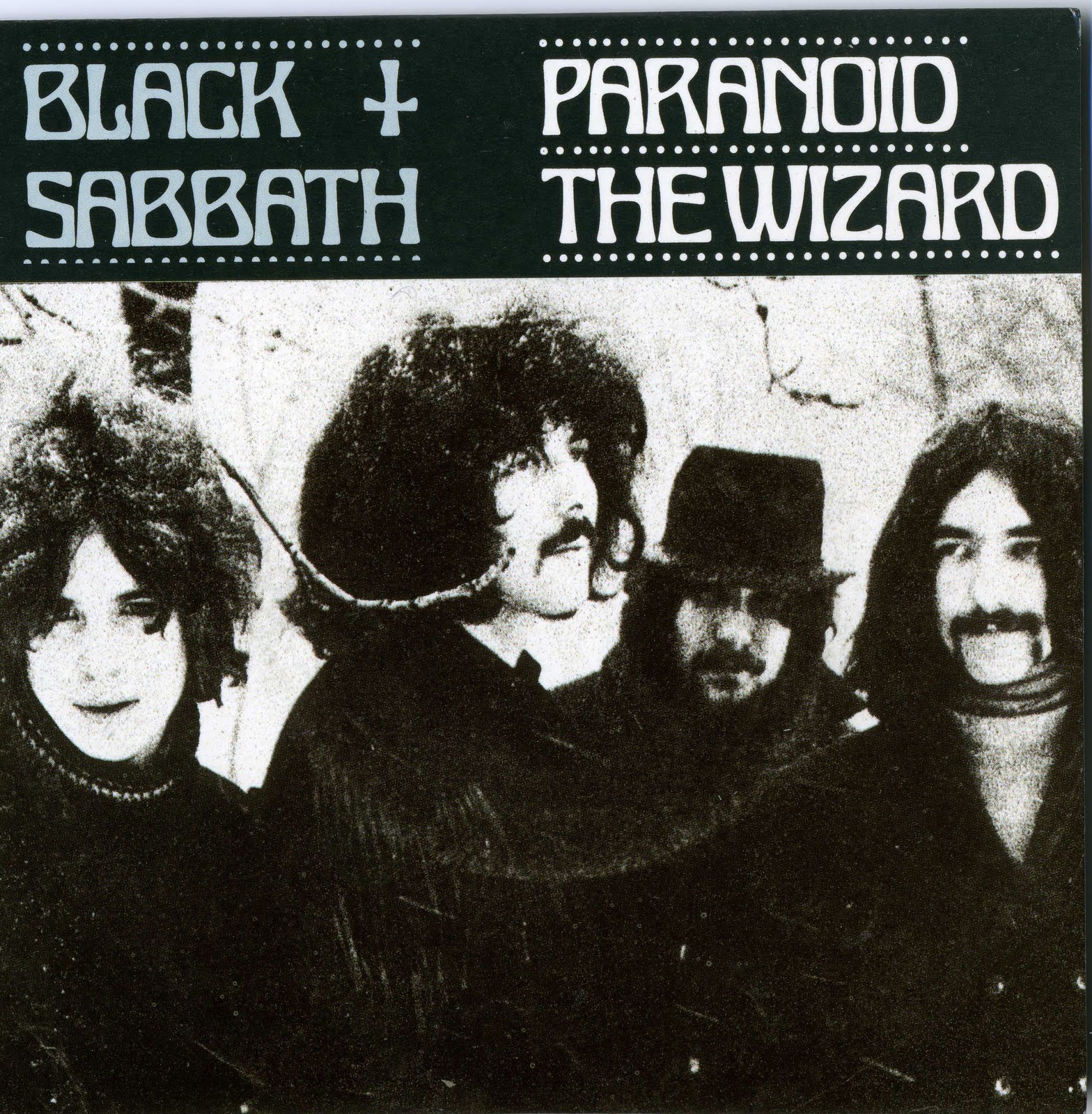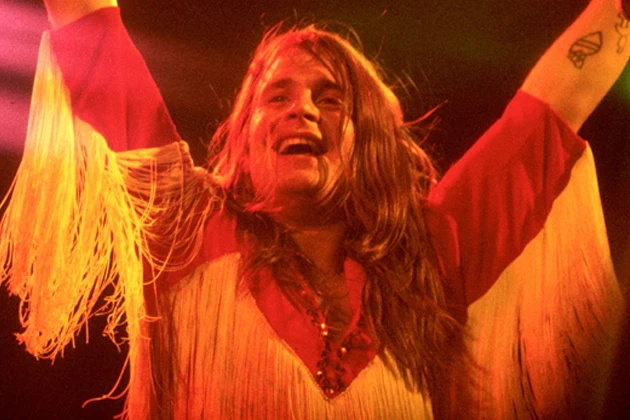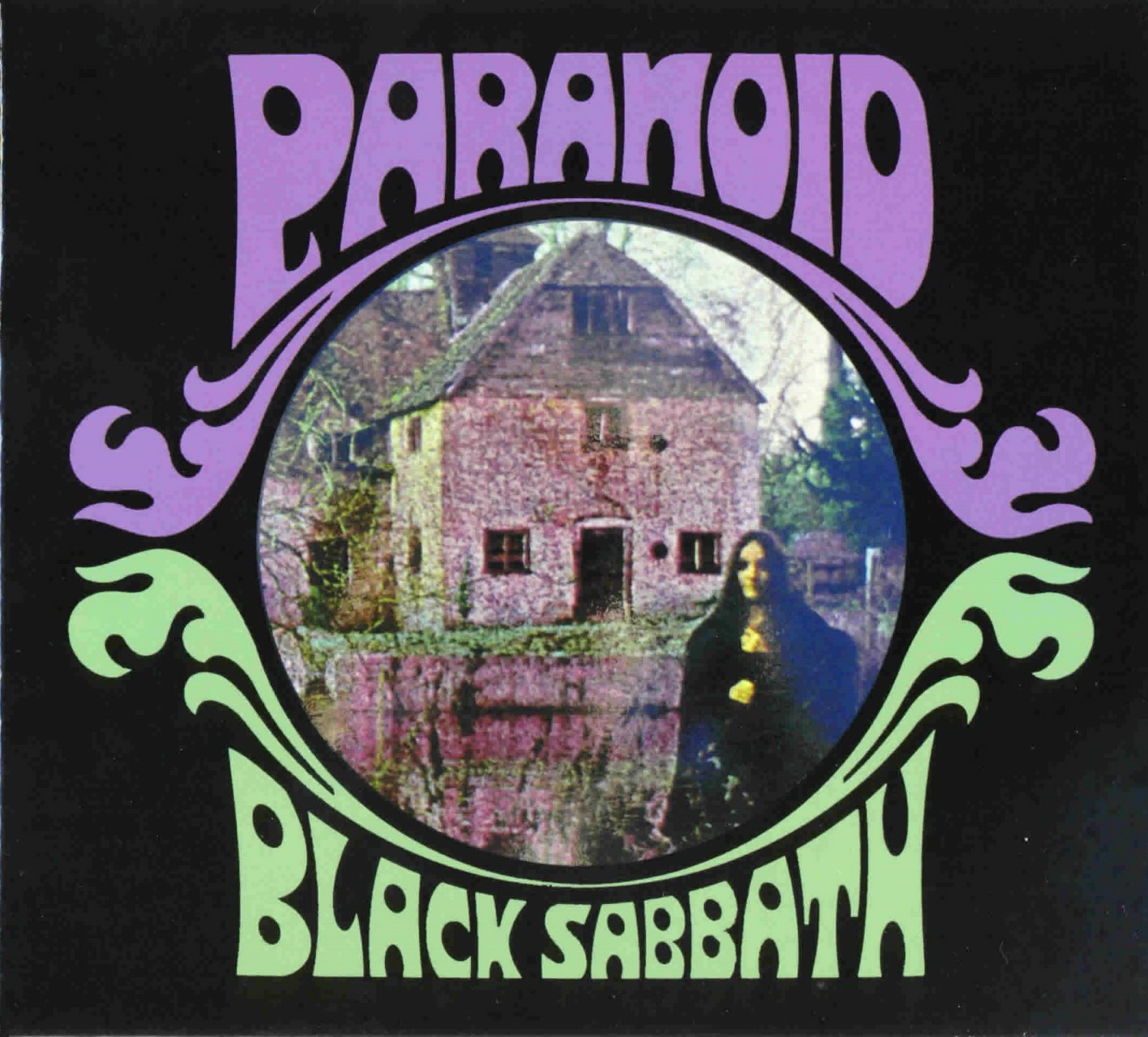
“The idea was to go and live together somewhere where we would feel less encouraged to do, er, other things,” chuckles Tony. Some of their new material had been routined in their rehearsal room in Aston, other tunes had been worked up during a break down in Monnow Valley, in verdant Monmouthshire, where the four members had attempted to get away from the distractions that surrounded them on their home turf. The bluesier inflexions of their first record were replaced by a harder, more cohesive sound – the result of their own increased confidence as a band, and the fact that they had now fully established their own identity. If their debut album had essentially been based around their live set of the previous 18 months, this time around the four-piece had written new material that was a little more diverse and, in some cases, more progressive. It was just a case of getting things down in a natural manner, and that’s what Rodger and Tom allowed us to do.”


It certainly wasn’t a case of it taking five hours just to get a guitar sound or a drum sound. Tom would mic everything up, and we’d just play. He’d listen to what we were doing and he’d suggest various things that we could develop. “It was hard to bring somebody in with us because we had our own idea of how we wanted things to sound. “Rodger became really involved with us at that point,” continues Tony. The job of capturing their performances was down to 25-year-old producer Rodger Bain, the man who’d worked with Sabbath on their debut album, along with engineer Tom Allom (soon to become a producer of note thanks to his work with fellow Brummies, Judas Priest). “Our way of recording was quite simple we’d turn up, set up, and play. “As everyone knows we actually recorded the first album in a day, so when we came to the second album we said, ‘Blimey! We’ve got a whole six days! What are we going to do with that?’ We genuinely didn’t know,” laughs Tony. As far as their label Vertigo was concerned, Sabbath were now a band worth investing in – a point that seemed lost on the four-piece, who remained unused to the idea of any sort of luxury.

Released in the UK on February 13, 1970, Black Sabbath had sold impressively, peaking at Number 8 in the British charts. The decision to treble the band’s studio time was a reflection of the success they’d enjoyed around their first album. This time, they’d been booked in for six days rather than just two. Originally designed as cautionary tune about drug abuse, Geezer’s recent scare now informed the opening verse of the track they called Fairies Wear Boots.Įight months earlier, in October ’69, Sabbath had first visited Regent Sound to record their self-titled debut album. Physical scars aside, the band’s recent punch-up had also inspired them to write a new set of lyrics to a tune they’d been playing live. Look closely past Tony’s curtains of hair and you can see the shiner on his right eye. Photographer Chris Walter popped in to snap them at work taking group shots as well as individual portraits. Three days after that brutal encounter, Black Sabbath were in the studio, back down at Regent Sound on London’s Denmark Street where they were due to record the album that would become Paranoid. “I remember getting home and my mum shouting up the stairs saying, ‘How did it all go?’ I replied, ‘Oh, yeah, really good, thanks!’ as I was looking at myself in the mirror with a black eye and blood everywhere…” “I’m not quite sure how we managed it, to be honest, but we just about got out of there in one piece,” says Tony, who at the time was still living with his parents. They were yobs and they were ready for a proper fight.” That’s when Ozzy grabbed the hammer but, to be fair, they had all sorts of weapons too. It felt as if a member of our gang had been threatened, so we all headed out front to sort it out. He got out of the phone box and came running back in to tell us what was going on. Peaceful and not one to go looking for trouble.

“They frightened him half to death!” continues Tony. As the shouts of “Get the hippy!” went up, the 21-year-old bass player ran for his life. As he entered the phone box, Geezer realised he was surrounded by a mob of bovver-booted skinheads. Sabbath had just finished playing a gig at the Winter Gardens Pavilion in Weston-Super-Mare when a dispute over their fee led to Geezer Butler popping out of the venue in search of the nearest payphone in order to call the band’s manager. “I think it was Ozzy that picked up the hammer…” begins Tony Iommi casting his mind back some 50 years to the fateful night of June 13, 1970, when the four members of Black Sabbath found themselves embroiled in an all-out street war with a bunch of marauding skinheads.


 0 kommentar(er)
0 kommentar(er)
